How Long Do Cats Last Without Food?

How Long Do Cats Last Without Food?
As a pet owner, understanding your cat’s nutritional needs is crucial.
Cats, like all living creatures, require food and water to survive. But how long can a cat last without food? This question often arises when a cat is sick, has lost its appetite, or when a pet owner has to leave their cat alone for a few days.
In this article, we’ll delve into this topic, providing you with a comprehensive guide on how long cats can survive without food and water, and what you can do to ensure your cat stays healthy and well-fed.
The Importance of Food and Water for Cats
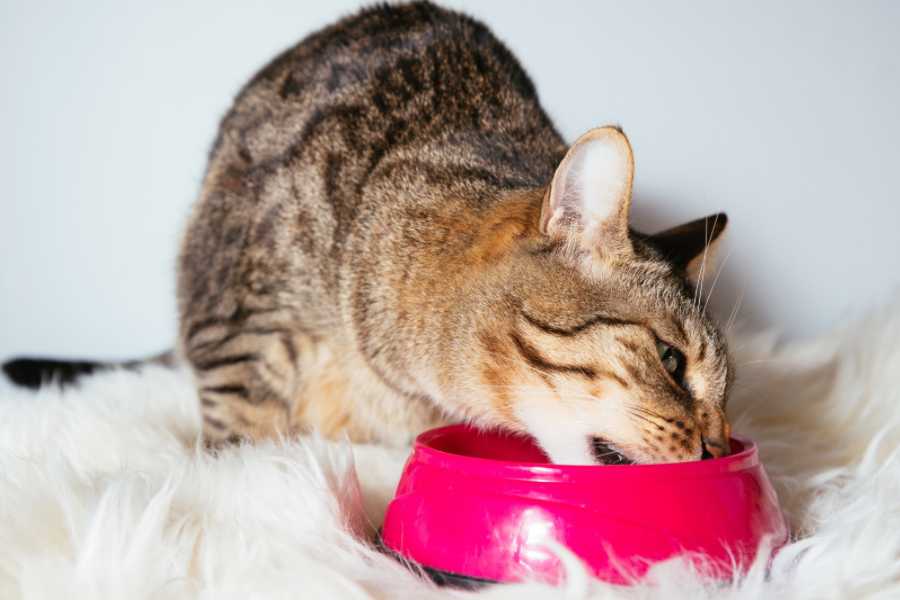
A healthy cat can only survive roughly one week without food and just three days without water. However, a sick cat shouldn’t go more than 48 hours without food and 24 hours without water.
Water is essential for digestion, waste removal, and circulation. Without adequate hydration and nutrition, a cat’s medical condition can deteriorate rapidly, and it won’t be strong enough to recover.
Food and water are the lifeblood of any living creature, including cats. They provide the energy needed for various bodily functions, including growth, repair, and maintenance of body tissues. They also help regulate body temperature, transport oxygen and nutrients to the cells, and remove waste products from the body.
Encouraging Your Cat to Eat and Drink
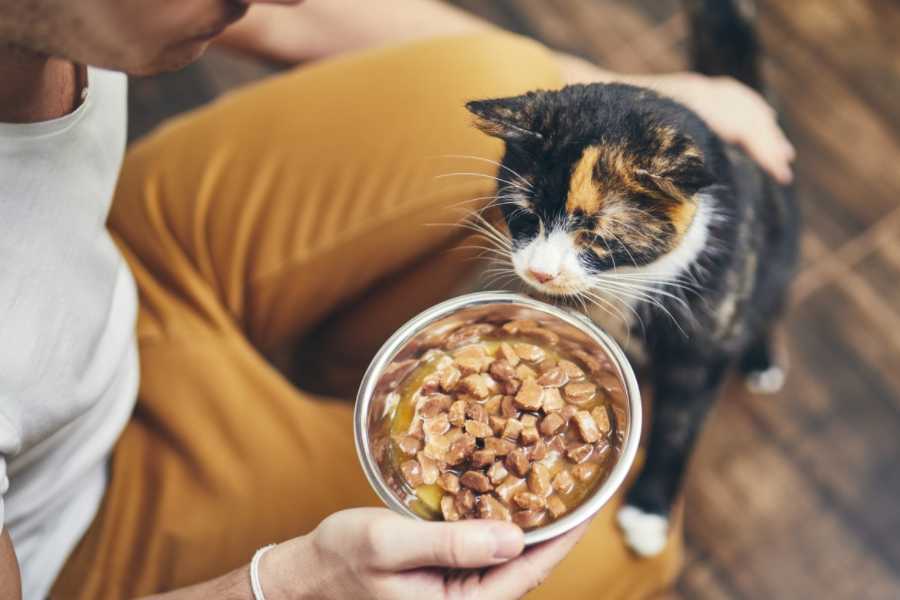
If your cat is unwell or has lost its appetite, there are several measures you can take to encourage it to eat and drink. One of the most common and advised measures is hand feeding. Most cats, unless in a critical state, will enjoy the one-on-one attention.
Cats are keen on the smell of food, so offering up some fish, sardines, or tuna can often do the trick. Alternatively, consider drizzling tuna juice on your cat’s traditional food. This is especially helpful if your cat likes gravy.
Another measure of encouragement involves an increase in temperature. Warming up your cat’s meal will intensify the scent of the food, stimulating your cat’s general awareness and appetite. If your cat is unwell, the objective is consumption.
Any form of consumption, even just a few bites of nutritious wet cat food, could truly make a difference.
When it comes to hydration, cats can be quite fussy, especially when they are sick. Here are some suggestions to encourage your cat to drink more water:
- Leave water bowls throughout the house.
- Half fill the bowls.
- Use a water purifier or bottled mineral water.
- Add flavor to the water with tuna juice.
- Use a running water source such as a feline water fountain.
If your pet fails to respond to these efforts and the situation becomes dire, offer water through means of a syringe. If professional care is required, your cat can be given intravenous fluids.
The Consequences of Not Eating or Drinking
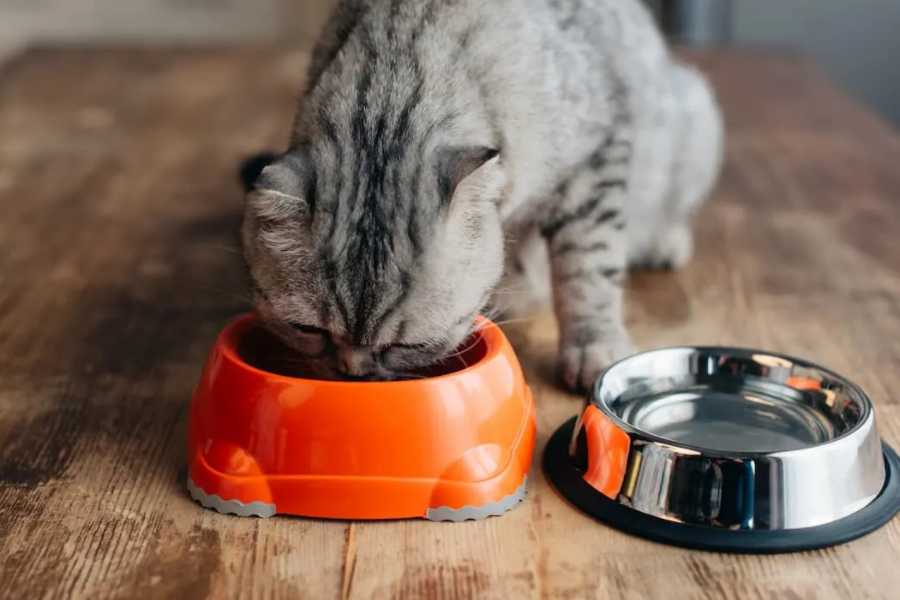
Without food, a cat can suffer from malnutrition symptoms such as muscular weakness, dry and scaly skin, lack of grooming, lethargy, swollen gums, loss of coordination, and poor eyesight. Lack of nutrients can also result in fatty liver syndrome.
Without food, a feline’s body will slowly process fat reserves in order to stay alive. Unfortunately, the liver will be unable to process fat efficiently. This is essentially a classic example of starvation, with the body turning on itself due to the absence of vital requirements.
When a cat fails to drink, dehydration will set in, and organs will start to falter, primarily the kidneys. If your pet already has diabetes or renal failure, frequent urination will occur. Consequently, the impact of not drinking will manifest much sooner. One way to check for a possible issue concerning your feline is to pinch the skin at the nape of the neck.
The skin of a healthy and hydrated feline should have an elastic quality, going back into place immediately after a pinch. If your cat is dehydrated, your pet’s skin will maintain the posture that your fingers have created, forming a tent-shaped position before slowly reforming accordingly.
With respect to acute kidney failure potentially initiated by the failure to consume liquids, some prominent symptoms can include vomiting and diarrhea often containing blood, foul-smelling breath, changes to the frequency of urination, seizures, confusion, nausea, and fluid retention. As we mentioned earlier, emergency measures administered by professionals can be taken to restore fluids.
However, the ultimate consequences of both dehydration and kidney failure will often depend on the cat’s age, general standing of health prior to the issue in question, and the proactive measures involved as soon as the issue was observed.
Stray Cats and Their Nutritional Needs
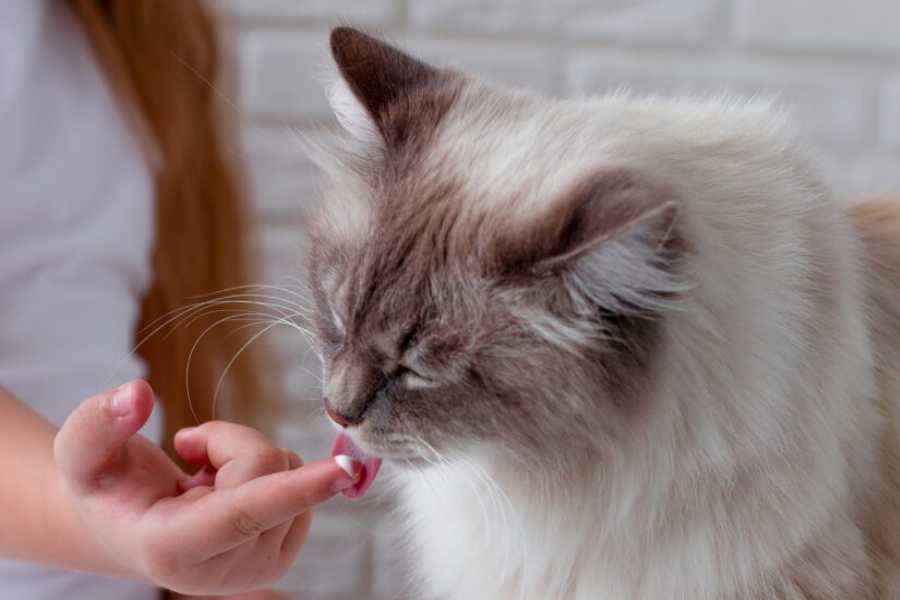
Just like our pampered house cats, stray cats, which are often confused with feral cats, have the same nutritional needs. Because cats are biologically programmed to use protein as an energy source, they need meat to survive.
Unlike domestic cats, however, stray cats do not have access to a constant source of food and water.
If you have stray cats in your area, you can provide fresh food and water or set up a humane trap and take them to a shelter. However, you should only do this if you are 100% sure that this cat does not belong to anyone. Cats should never be left unattended without adequate amounts of food and water. If you are going out of town, you should hire a pet sitter to make sure their needs are met while you are away.
Taking Action
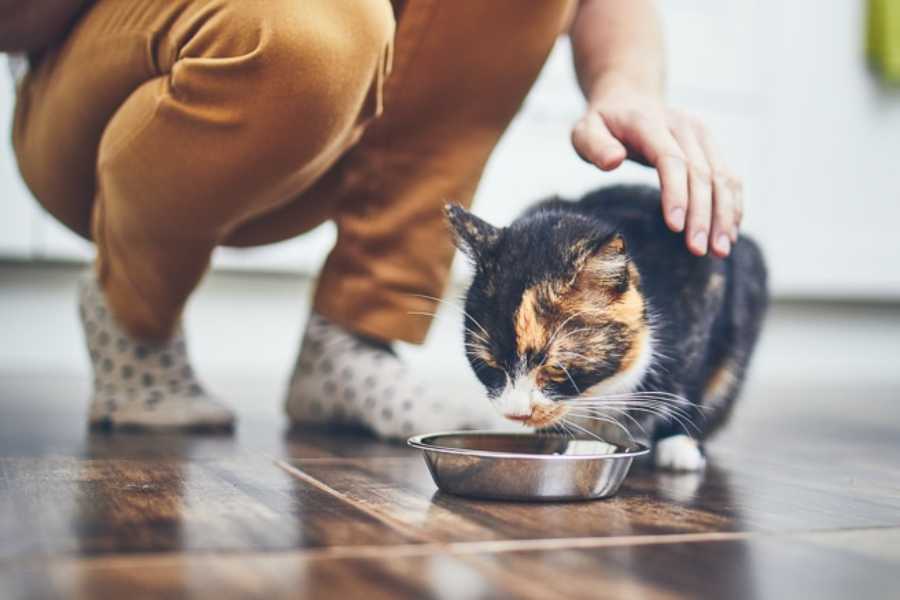
As a cat owner, it’s important to jump into action as soon as you suspect a serious medical emergency is at hand. In some cases, 60 minutes or less could be the difference between a full recovery and a dire outcome. If your cat is not eating or drinking, don’t ignore it.
Make sure that your pet receives both food and water, at least to some degree, before it’s too late.
Remember, cats are creatures of habit, and any significant changes in their behavior, such as refusing to eat or drink, could be a sign of a serious health issue. If you notice any of these changes, it’s important to consult with a veterinarian as soon as possible. They can provide a proper diagnosis and recommend the best course of treatment.
Wrapping Up

Understanding your cat’s nutritional needs and knowing how long they can last without food is crucial for their health and well-being. While cats can survive for a short period without food or water, it’s not something that should be tested. As a responsible pet owner, it’s your duty to ensure that your cat has access to fresh food and water at all times.
If your cat refuses to eat or drink, it’s important to take immediate action. Try different methods to encourage them to eat and drink, and consult with a veterinarian if necessary. Remember, early intervention can make a significant difference in your cat’s health and recovery.
For more information on cat health and behavior, check out our other articles at pawsadviser.com, such as why my cat has watery eyes and do I need to visit a vet, why my cat has bad breath: causes and remedies, and is cat vomiting an emergency? Understanding and addressing cat vomiting.
Remember, your cat’s health is a priority. Always ensure they have access to fresh food and water, and never hesitate to seek professional help if you notice any changes in their eating or drinking habits. Your vigilance could save your cat’s life.
Tags
Share
Table Of Contents
Related Posts
Quick Links

